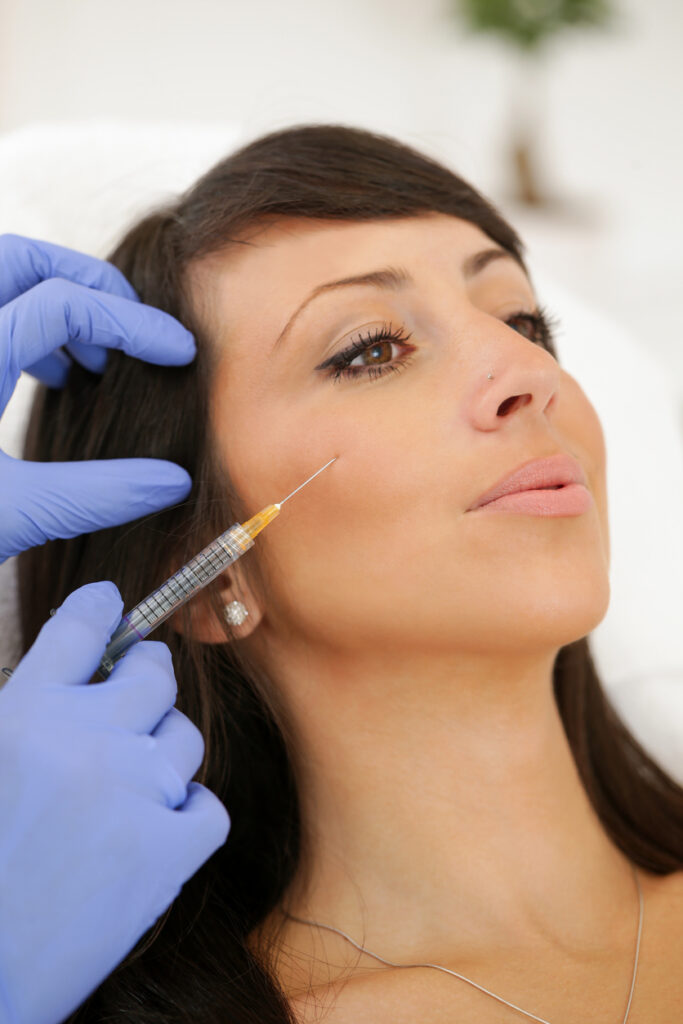Not all medication-driven weight loss patients will experience the same changes in their facial structure.
These changes depend on age, starting-off weight, how fast the weight came off, and hormonal status, says Sabrina Fabi, MD, a Dermatologist in San Diego, CA, at a media event sponsored by Galderma in New York City.
One in eight adults is taking a glucagon-like peptide-1 (GLP-1) receptor agonist, and 48% of survey respondents report significant facial changes as a result. These changes are most notable in the temporal and cheek regions.
There appears to be a preferential loss of superficial fat in the face compared to deep fat, and we don’t know metabolically why that occurs yet, Dr. Fabi says. “The more superficial fat houses our stem cells, so if that is lost more than deeper fat, it could translate to the skin changes that we see,” Dr. Fabi says.
Regenerative fillers, such as Sculptra, may help replenish the diminishing supply of stem cells. Patients don’t need to have completed their weight loss to start addressing facial changes, she says.
Emerging Patient Needs
Galderma’s Shape Up Holistic Individualized Treatment (HIT) framework aims to address weight-related changes in facial shape, laxity, and volume loss. It combines Sculptra with Restylane Lyft or Contour in a sequence of treatments to restore facial structure, improve skin quality, and enhance patient satisfaction.
“We don’t want to pump volume into them and bring them back to normal baseline,” says New York City and Washington, DC-based Facial Plastic Surgeon Michael Somenek, MD, at the meeting.
Shape Up HIT improves skin quality beyond volumization, he says. What’s more, skin hydration significantly improved as early as Week 4 and continued through nine months, with satisfaction achieved as early as Week 4. Patients also report feeling more attractive universally at Month 9, he shares.


